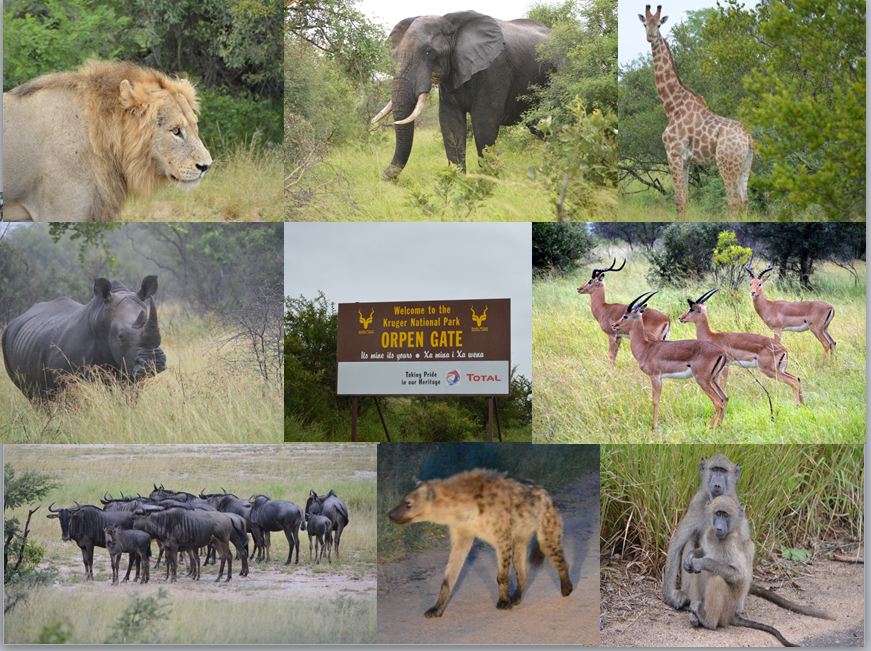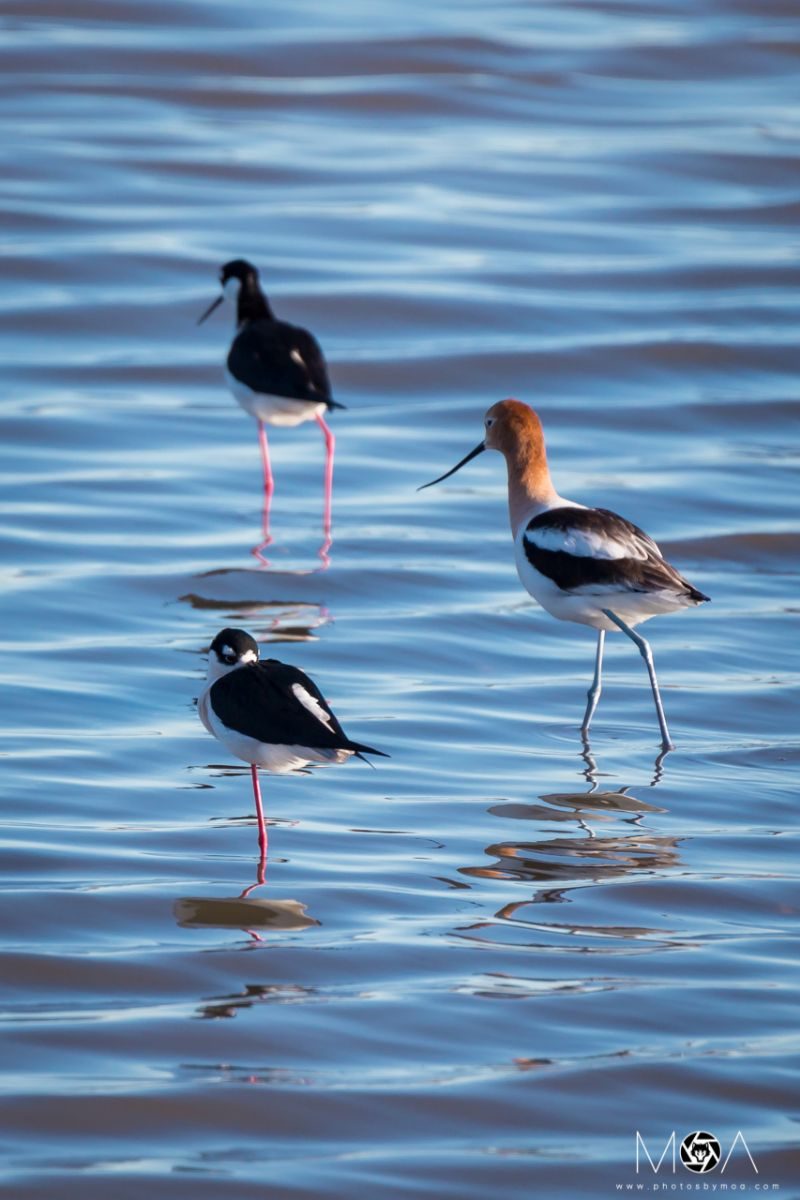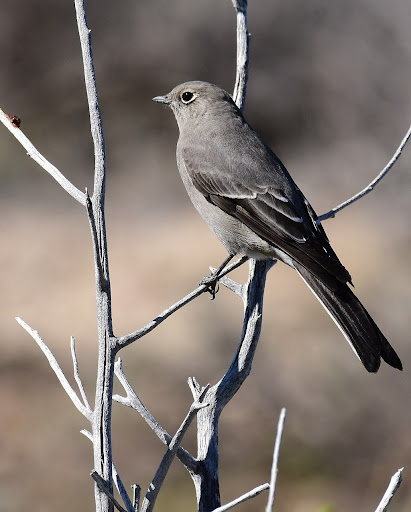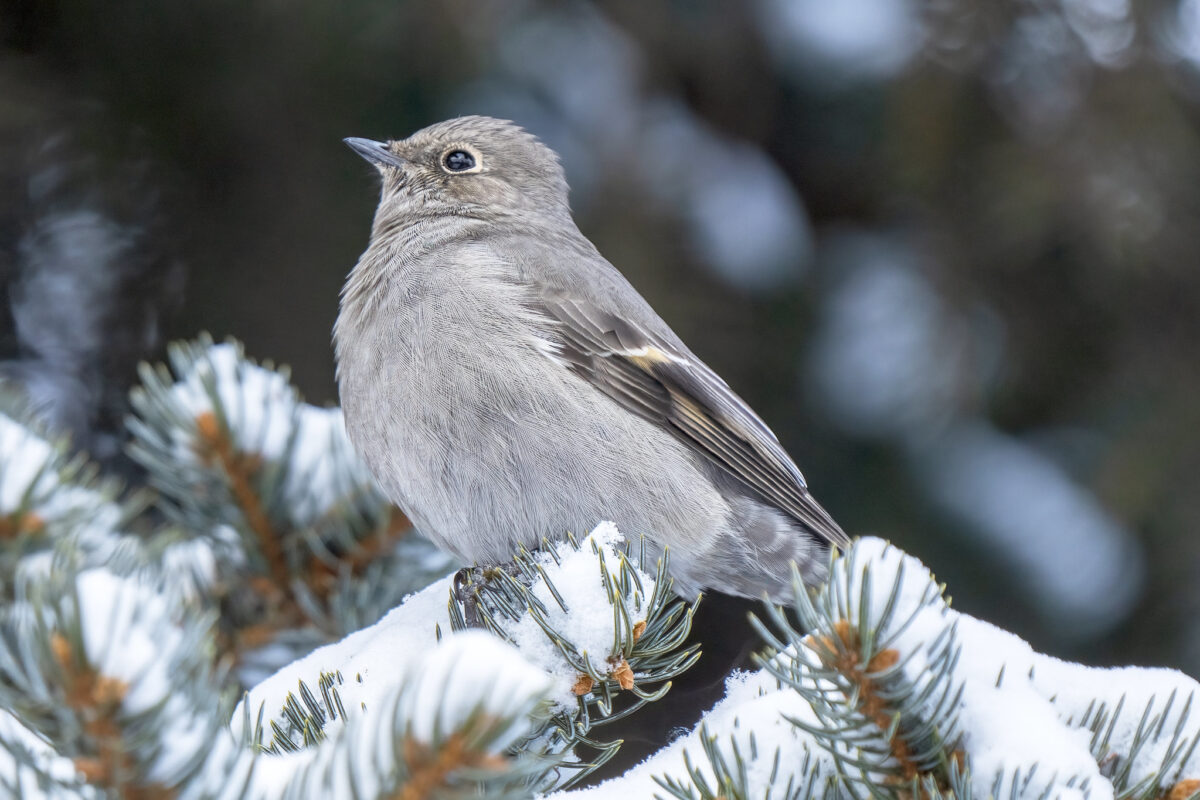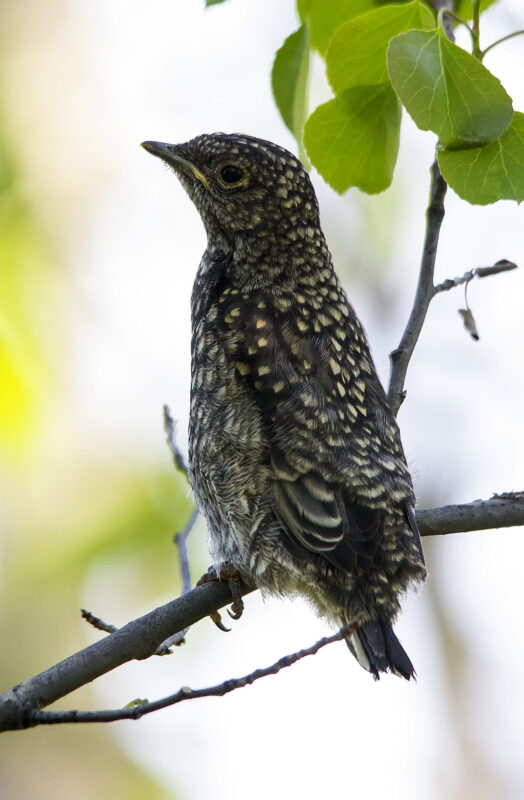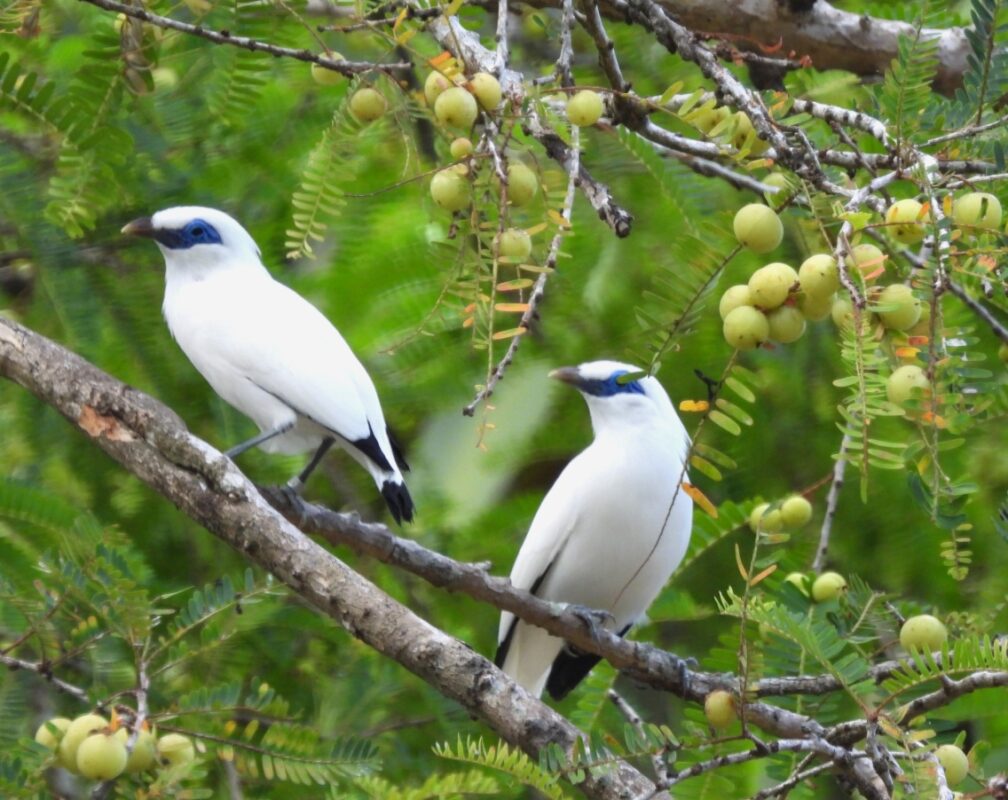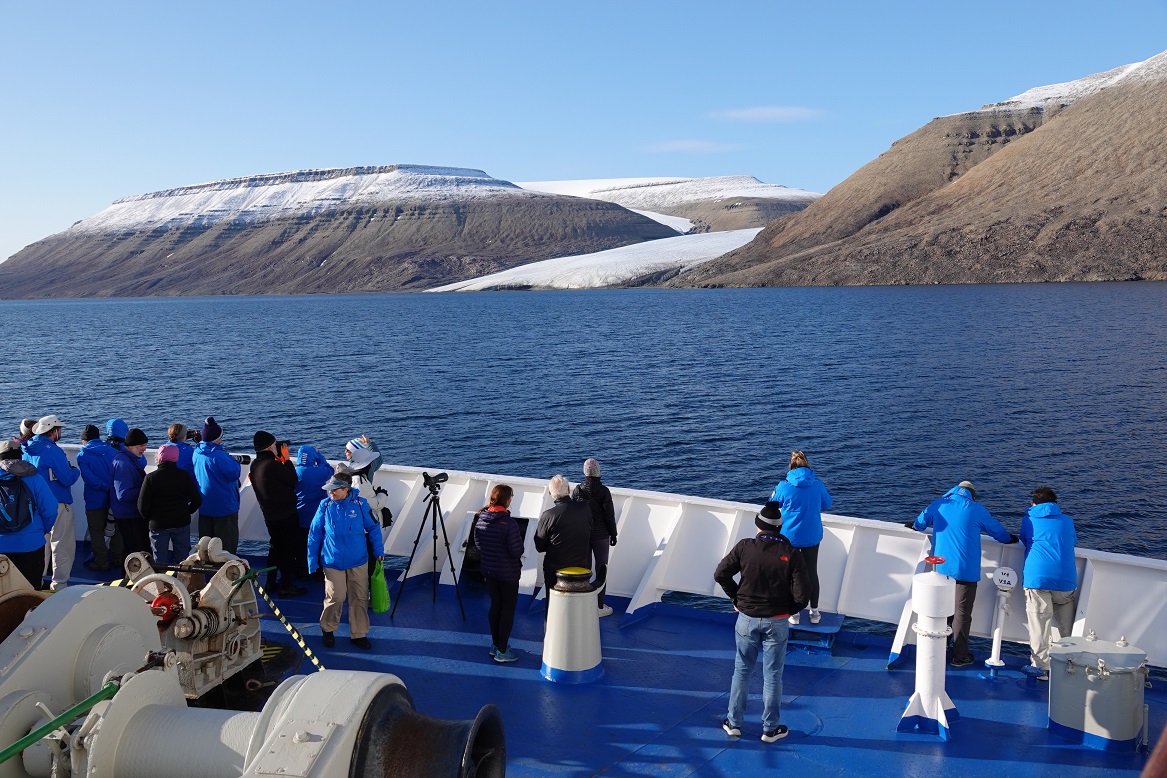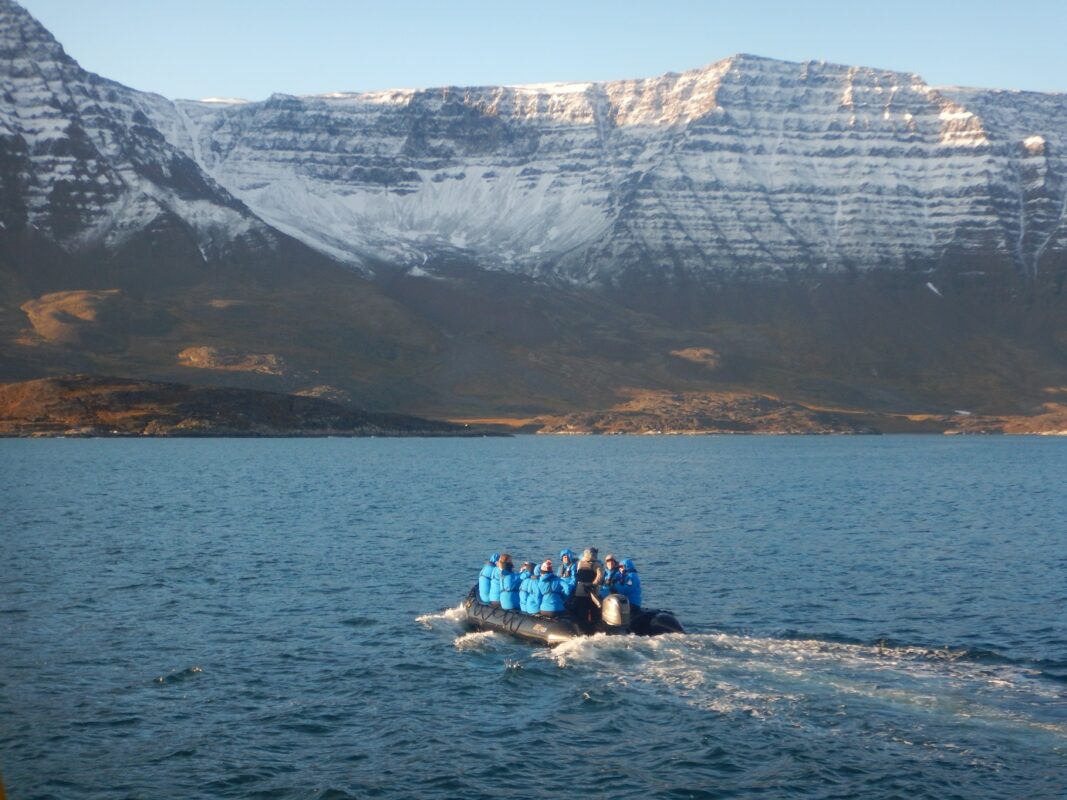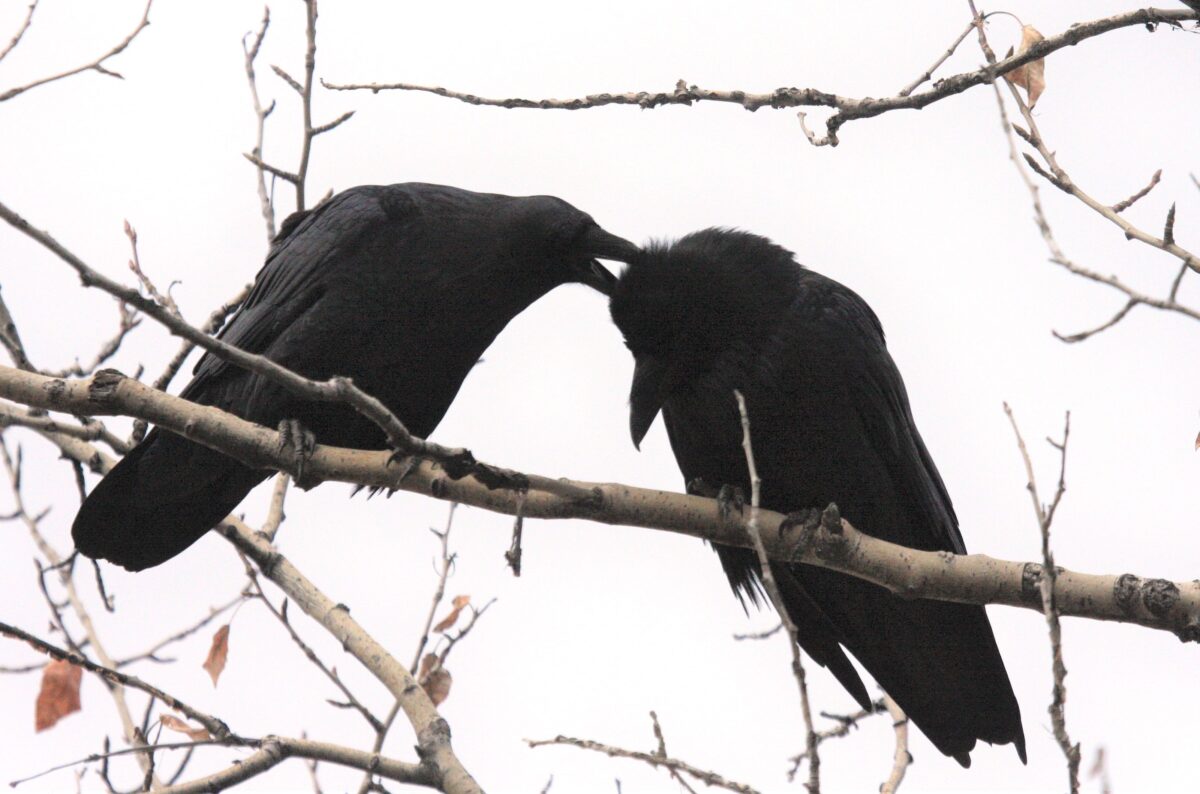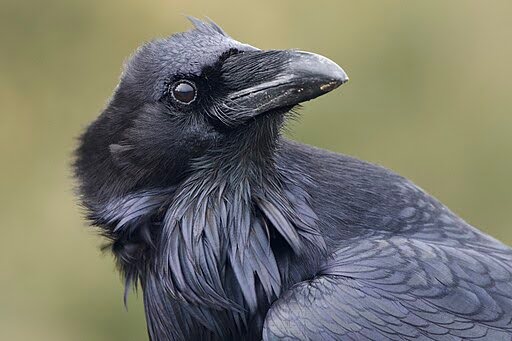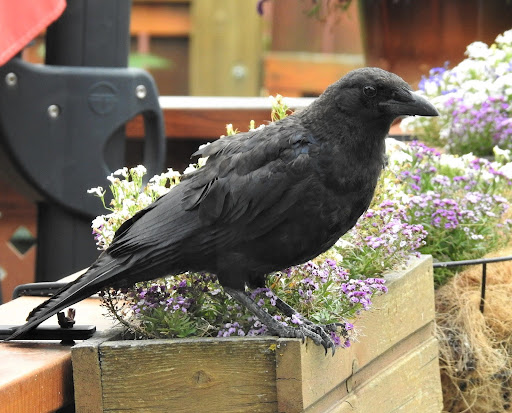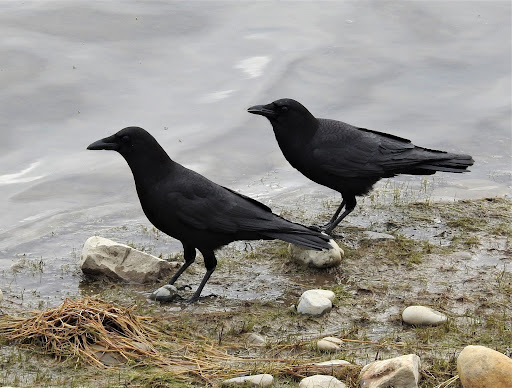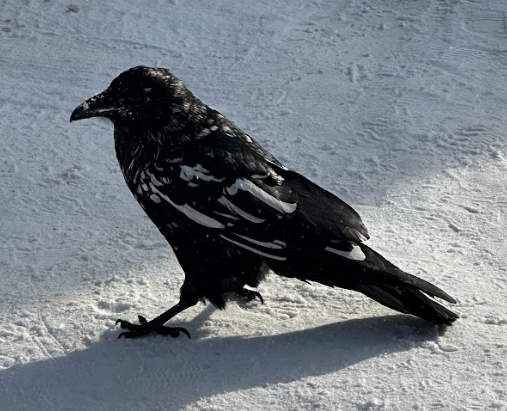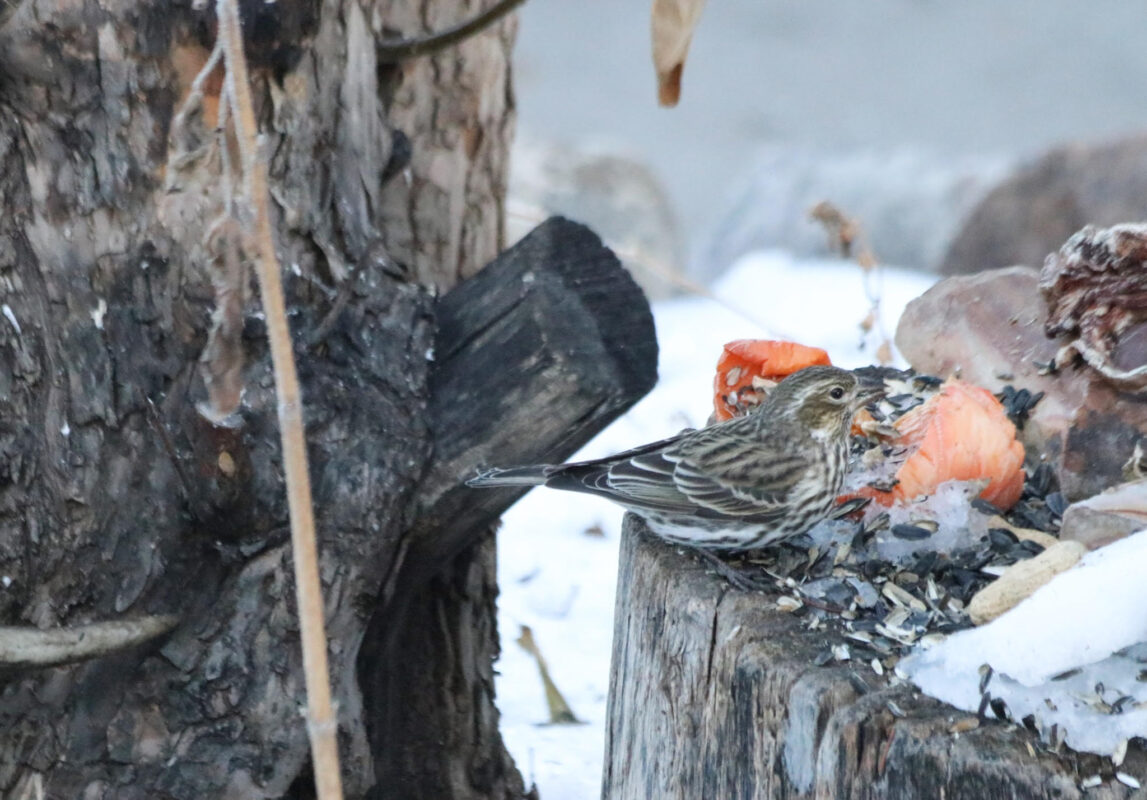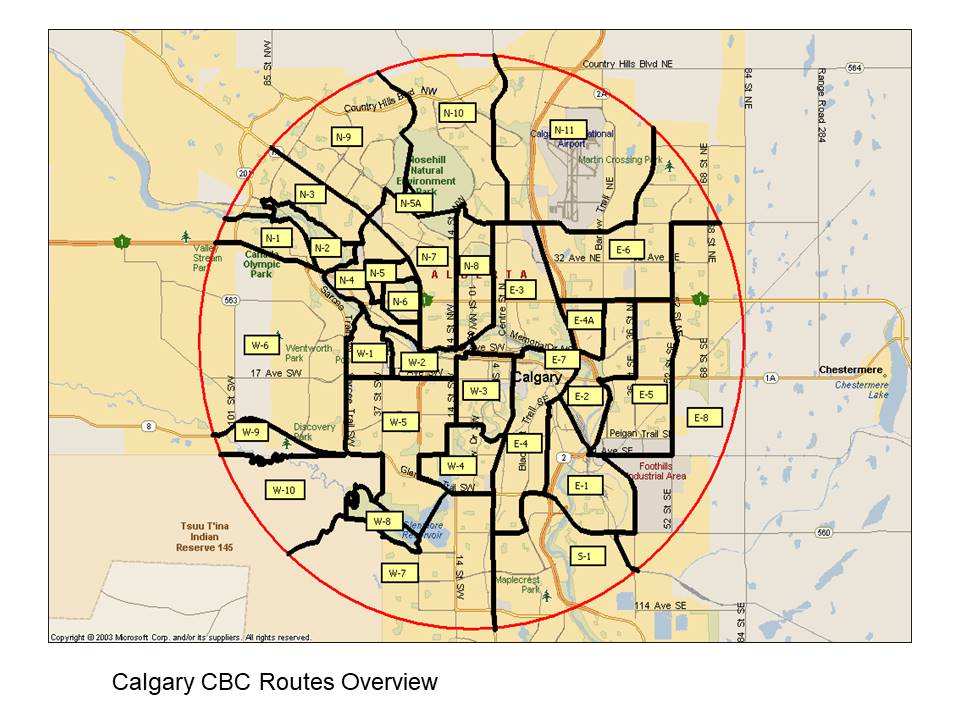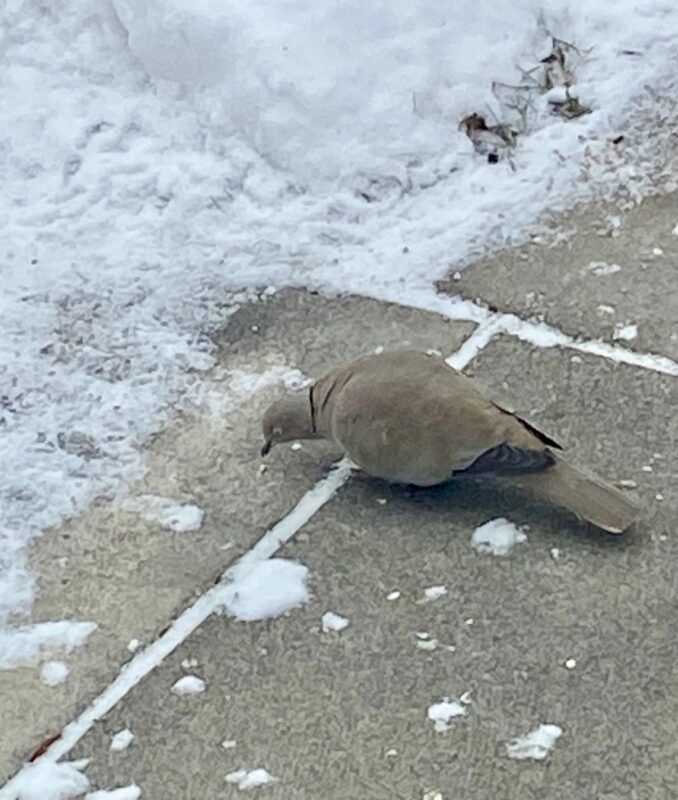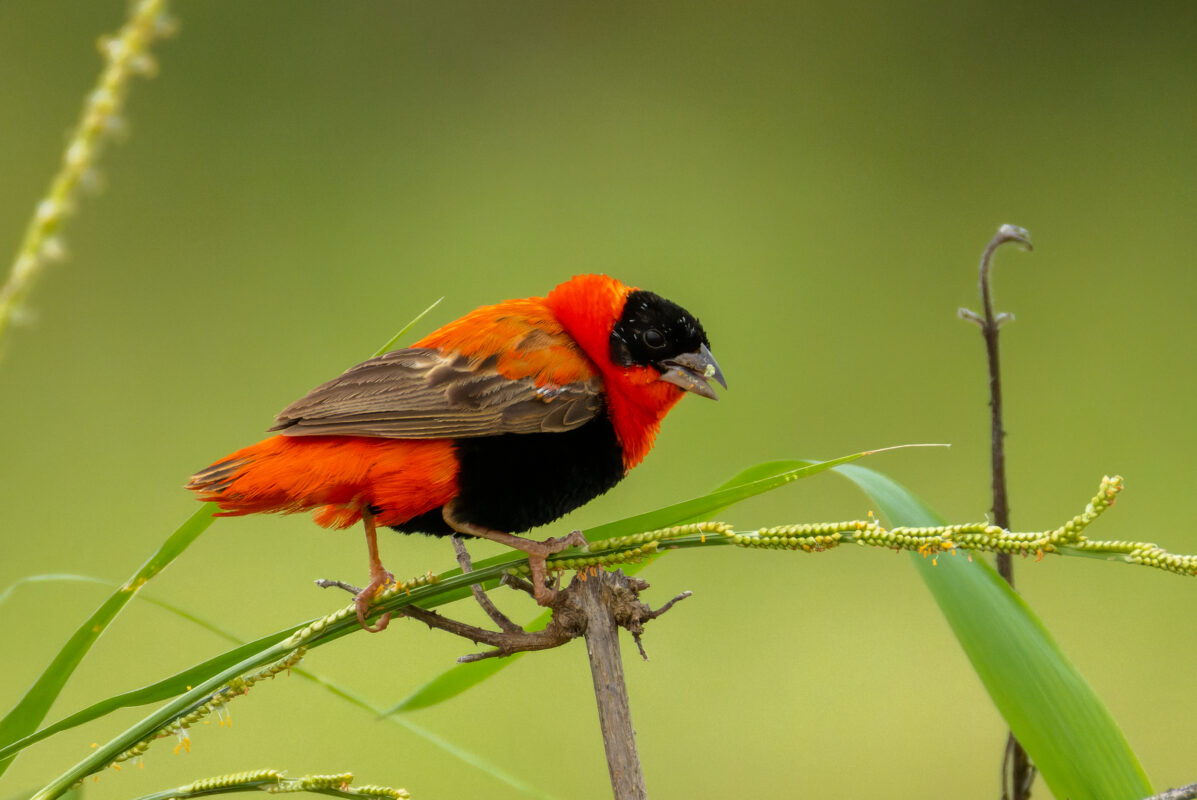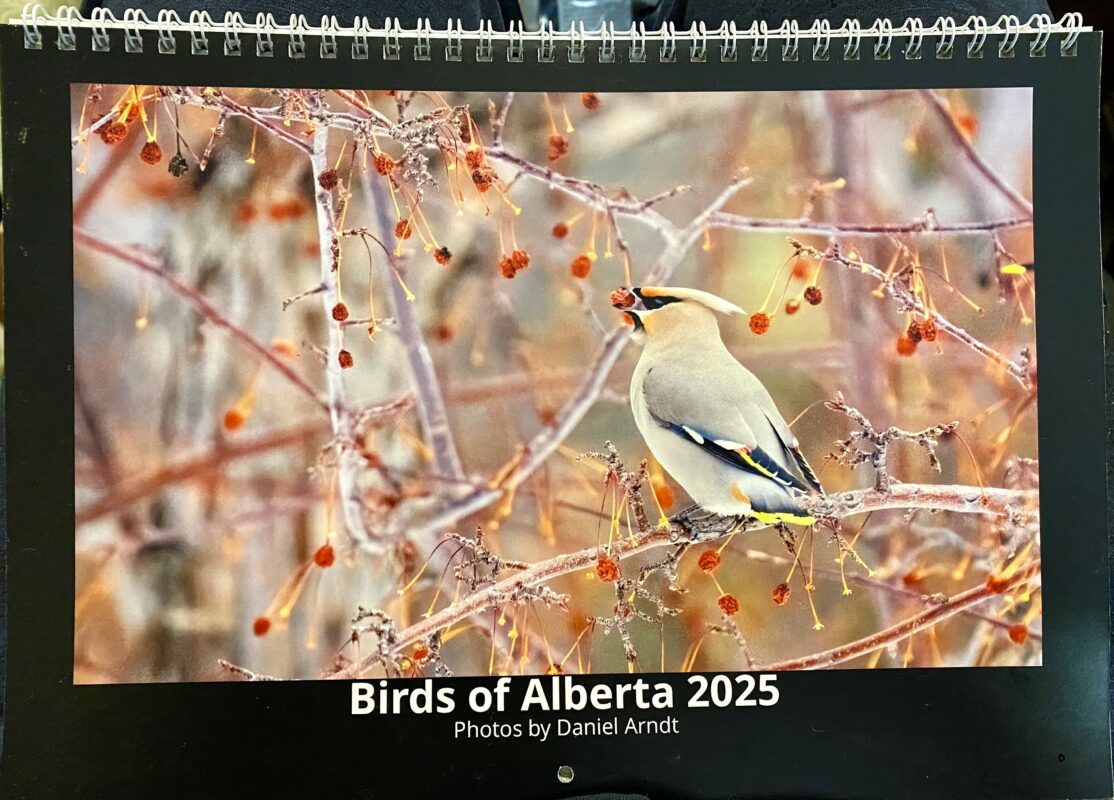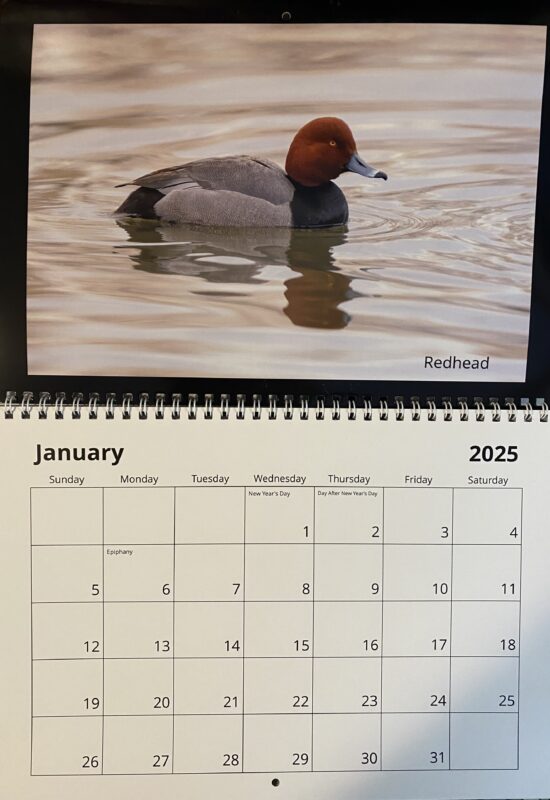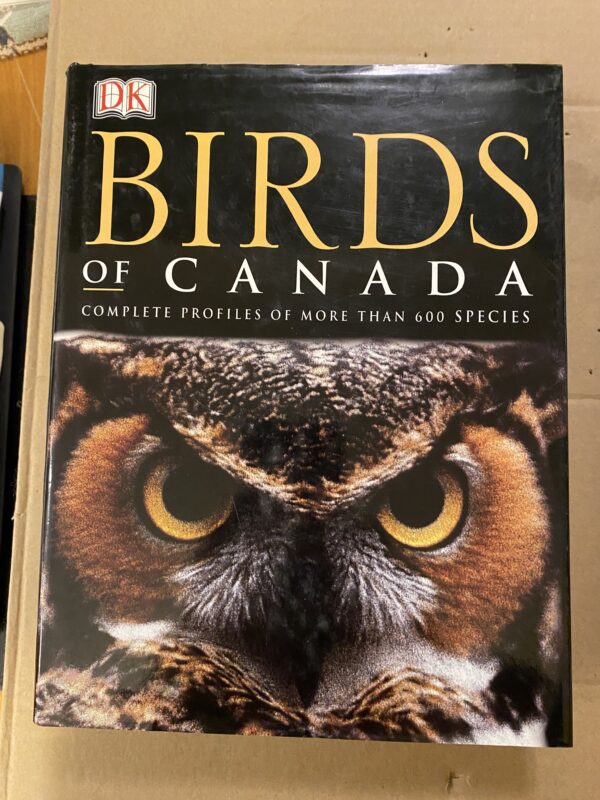Register now for these two southern Alberta May Species Counts.
Spring is almost here, so it’s time to prepare now for the Alberta May Species Counts, which take place in May, when many migrating birds are back or passing through. Two long-running counts are the Brooks-Lake Newell Count in the SE part of the province, and the Milk River-Writing-on-Stone Count in the far south of Alberta.
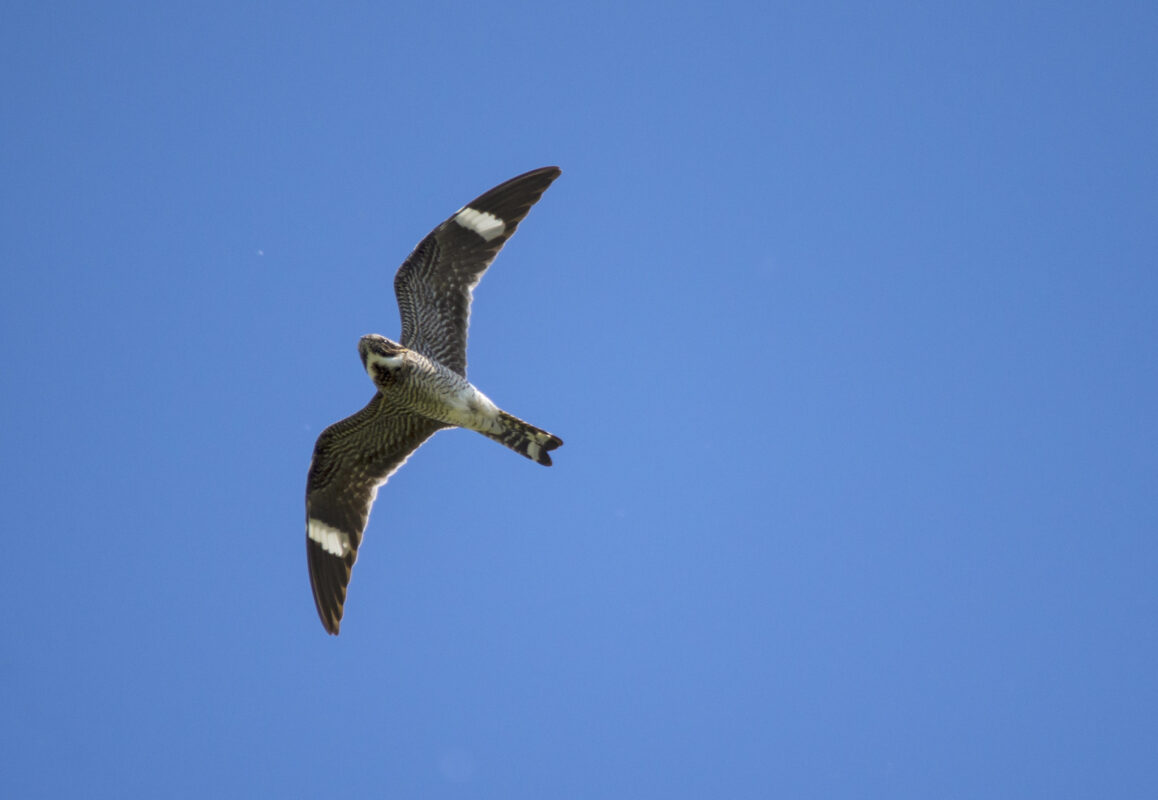
Many birders from Calgary, Edmonton, and other parts of the province travel to these counts, so it’s important to make accomodation arrangements ahead of time. Here is the information about the counts from the organizers:
We are pleased to announce that our two SE Alberta May Species counts will take place on the following dates:
Brooks – Lake Newell Bird Count: Sat. May 17 and Sun. May 18
Milk River – Writing-on-Stone Bird Count: Sat. May 24 and Sun. May 25
Looking for accommodation for the Brooks-Lake Newell and Milk River-Writing-on-Stone Bird Counts? The Brooks Heritage Inn and Suites, where we will hold our Brooks count meetings, is offering a discount rate of $125 per night for count recipients. To book, call 403-362-8688 and mention you are a bird count participant.
See brochure (below) for hotels in the Milk River area.
All of the campsites reserved for bird count participants have been allotted. Tillebrook Provincial Park general reservations for the nights of Friday May 16 through the May long weekend and Writing-on-Stone campsite reservations for May Friday May 23 through the count weekend are open. To book: shop.albertaparks.ca, 1-877-537-2757.
Note: a non-refundable fee of $15 per person will be charged to all Brooks participants to help cover the rental of the meeting room.
A reminder to plan to attend the pre-count meetings on the Fridays before each count. The 2025 Brooks WOS Bird Counts Brochure contains more information on the schedule for each weekend. Read/download the brochure here or see below.
Registration for the Brooks-Lake Newell and Milk River-Writing-on-Stone Bird Counts will open on March 1. A link to the registration form will be emailed starting March 1. If you wish to register for either or both of the counts please contact Donna first so we can get you on the email list to receive the link! Registration is open until May 1st.
We look forward to seeing you — and thousands of migrating birds — at the end of May!
Donna Wieckowski *astolat@shaw.ca* 403-870-6222
Debra Hornsby *debra.hornsby.banff@shaw.ca* 403-431-2447
(Note: remove * before emailing)
Please contact the orgainzers if you are new to the counts and would like more information!
Brochure – use the scrollbar on the right to see more.
